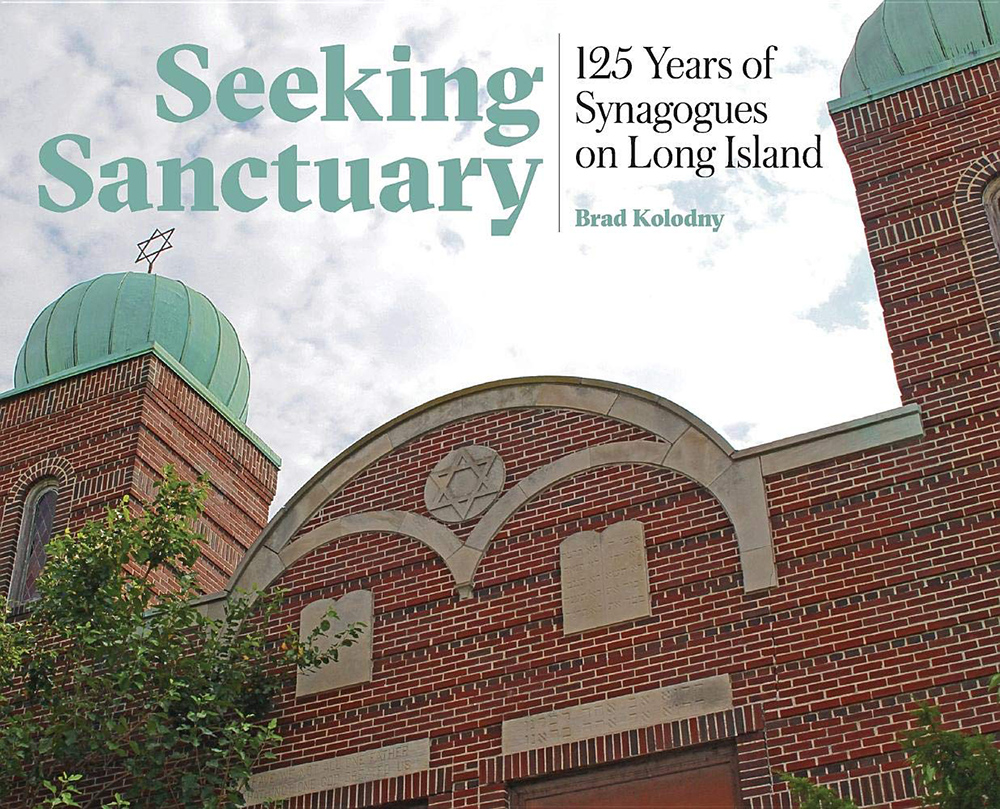By: Arthur Farnsworth
Over the past four years Brad Kolodny has visited nearly 400 buildings on Long Island that have been used as a synagogue. His photographs of these Jewish houses of worship together with details about their origin fill the pages of his new book Seeking Sanctuary: 125 Years of Synagogues on Long Island.
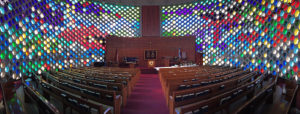
The journey to document every current and former synagogue building in Nassau and Suffolk counties began in March 2015. Midway Jewish Center in Syosset, where Kolodny is a member, was undergoing a renovation of their sanctuary that caused the author to reflect on memories that inevitably fade over time. He then considered the renovation in a larger context, thinking about all the memories lost at other local synagogues, particularly the congregations that no longer exist. This inspired him to dig into the history of Judaism on Long Island and how it has changed over time.
As the fourth largest Jewish community in the United States after New York City, Los Angeles and southern Florida, Long Island is well known for its rapid growth in the 1950s and 1960s. Towns in Nassau and Suffolk were becoming popular with young Jewish families from Brooklyn and Queens who were moving east and putting down roots. Dozens of synagogues were sprouting up from potato fields and barren land in towns all across the island.
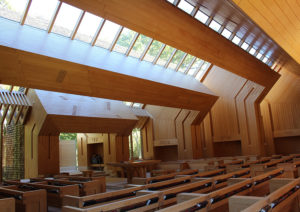
“As ‘America’s First Suburb’, Long Island is well known for its population growth post World War II but has a rich Jewish history that existed for decades prior,” said Lawrence Levy, Executive Dean of the National Center for Suburban Studies at Hofstra University. “By providing a detailed look at every synagogue past and present, Seeking Sanctuary offers an informative grass roots level understanding of how Long Island developed into one of the largest Jewish communities in the diaspora.”
The hard cover coffee table book is divided into three parts. The first is a chronological history of Judaism on Long Island from the first Jewish inhabitants in the early 18th century to today. Kolodny highlights the exploits of the Simson family who were landowners in Oyster Bay but left during the Revolutionary War, crossing the Long Island Sound to be among liberty seeking patriots in Connecticut. Fast forward a hundred years and readers learn about the first congregation on Long Island, a group called Neta Szcharshea. They were incorporated in 1874 in the town of Breslau founded by German immigrants on the south shore that today is known as Lindenhurst.
In the early 20th century small groups of Jews were living in towns with factories where jobs were available as well as in farming communities. At the same time Jewish peddlers from New York City established stores to sell their wares rather than traveling from town to town in order to make a living. As a result congregations were formed and synagogues built in the towns of Sag Harbor, Greenport, Patchogue, Kings Park and Huntington, all in Suffolk County. It wasn’t until 1915 that the first synagogue was built in Nassau County in the town of Rockville Centre.
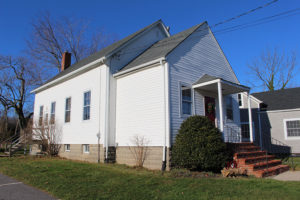
Parts two and three of the book feature a profile of every synagogue in Nassau and Suffolk County respectively, arranged in alphabetical order by town. Among them is a two page panoramic photo of the interior from Temple Emanu-El in East Meadow, a mid century modern synagogue built in the round that opened in 1957. Another is the image of the former Congregation Beth David in Lynbrook built in 1928 and designed in the Moorish style capped with two onion domes. In addition to buildings of architectural significance Kolodny makes note of the synagogues attended by celebrities who grew up on Long Island such as Jerry Seinfeld, Billy Crystal, Howard Stern and Amy Schumer.
In order to produce a definitive list of every synagogue building on Long Island Kolodny searched various sources from websites, newspapers, books, and magazines to county land records, historical society collections, synagogue office files and even old telephone books. Finding currently active synagogues was fairly simple, more challenging was identifying buildings that were synagogues at one time but are now serving other purposes.
Some are being used by other religious institutions including a Hindu temple, a Vaishnav temple, a mosque, and over a dozen churches while other former synagogue buildings have been converted for non-religious use as private residences, medical offices, a meditation center, the Town of Hempstead Housing Authority office, a youth center, the Nassau County Probation Department, a college art gallery and even a laudromat. Beyond buildings that still stand there are several synagogues that once were the heart of Jewish life for a community but leave no mark having been destroyed by fire or torn down to make room for new housing developments, office buildings and a parking lot.
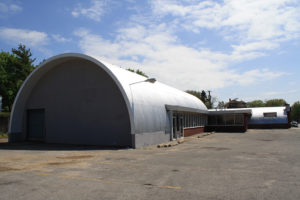
All in all the book leaves no stone unturned in documenting the history of Jewish life on Long Island.
“Kolodny’s work is unique for stunning original photography combined with archival images of every synagogue in Nassau and Suffolk counties. If that wasn’t enough his deep dive into each congregation’s history makes this the most comprehensive study of Long Island Jewry ever published,” writes MyJewishBooks.com.
Seeking Sanctuary: 125 Years of Synagogues on Long Island is published by Segulah Press and is available on Amazon.com.



